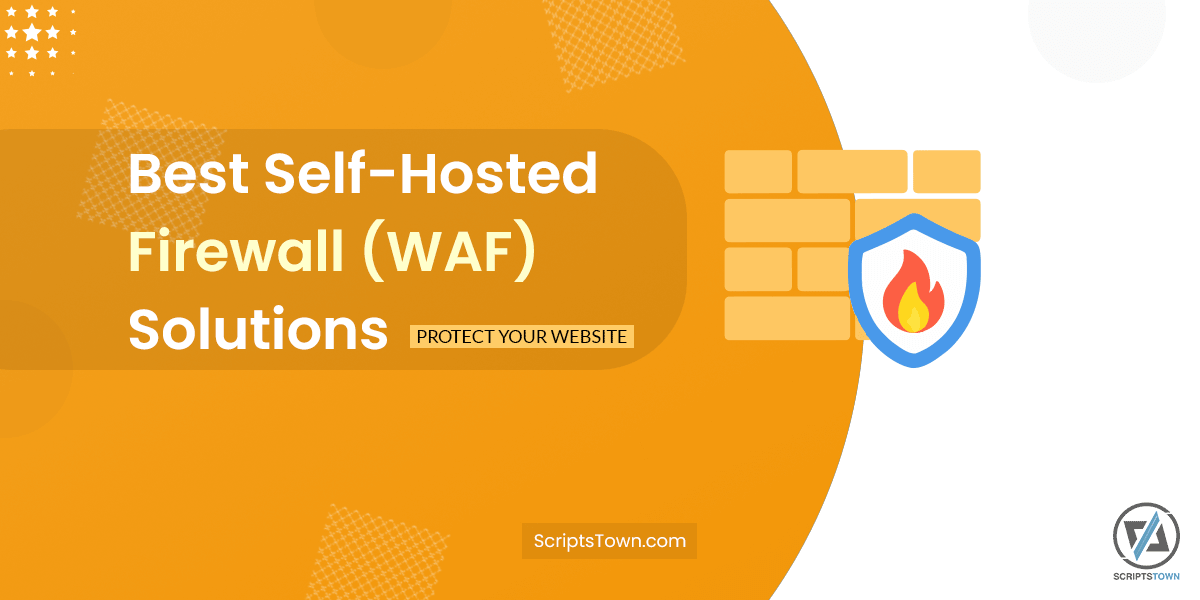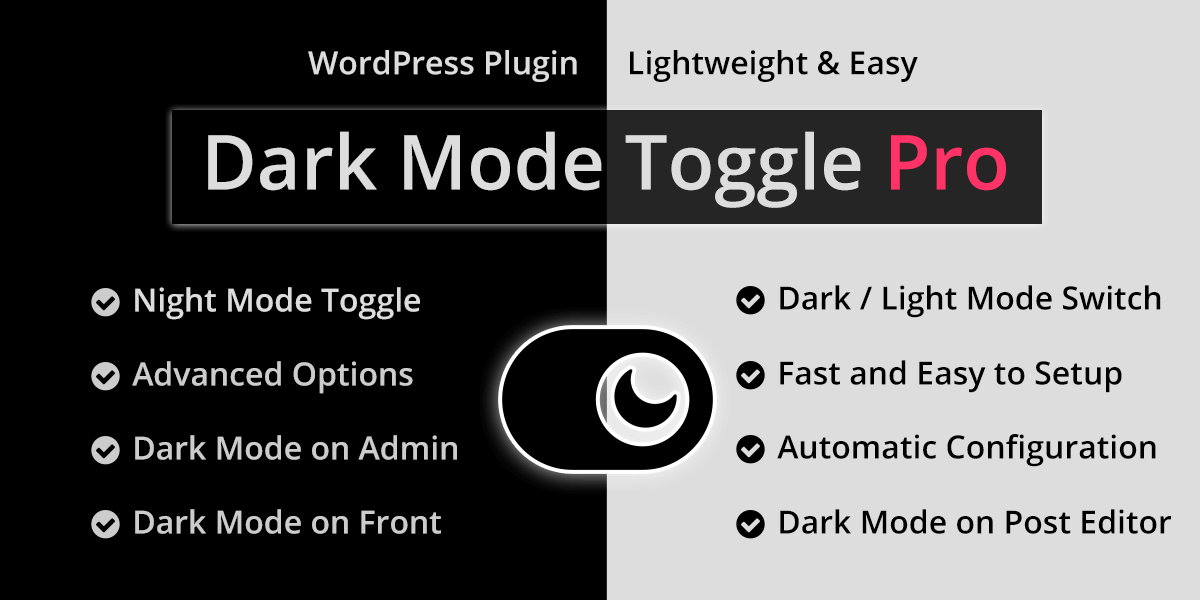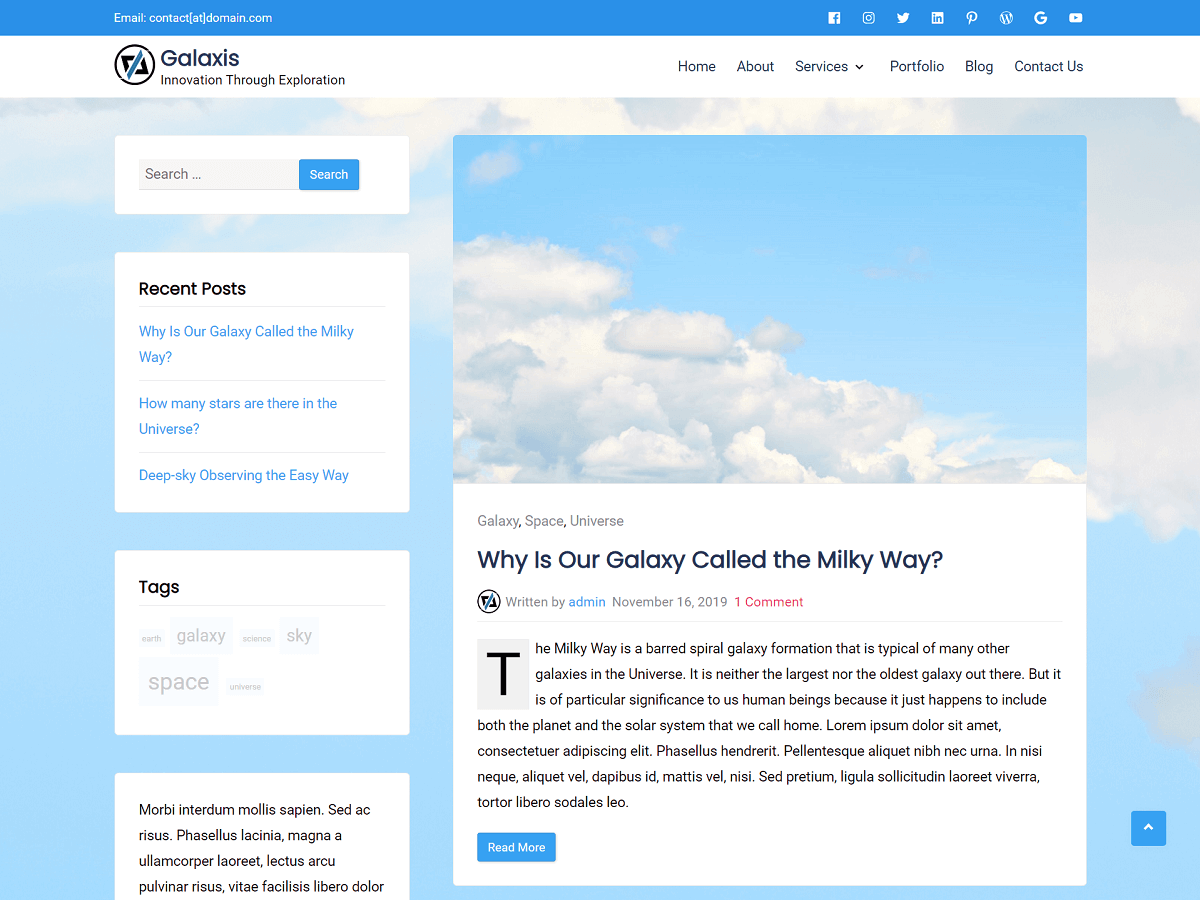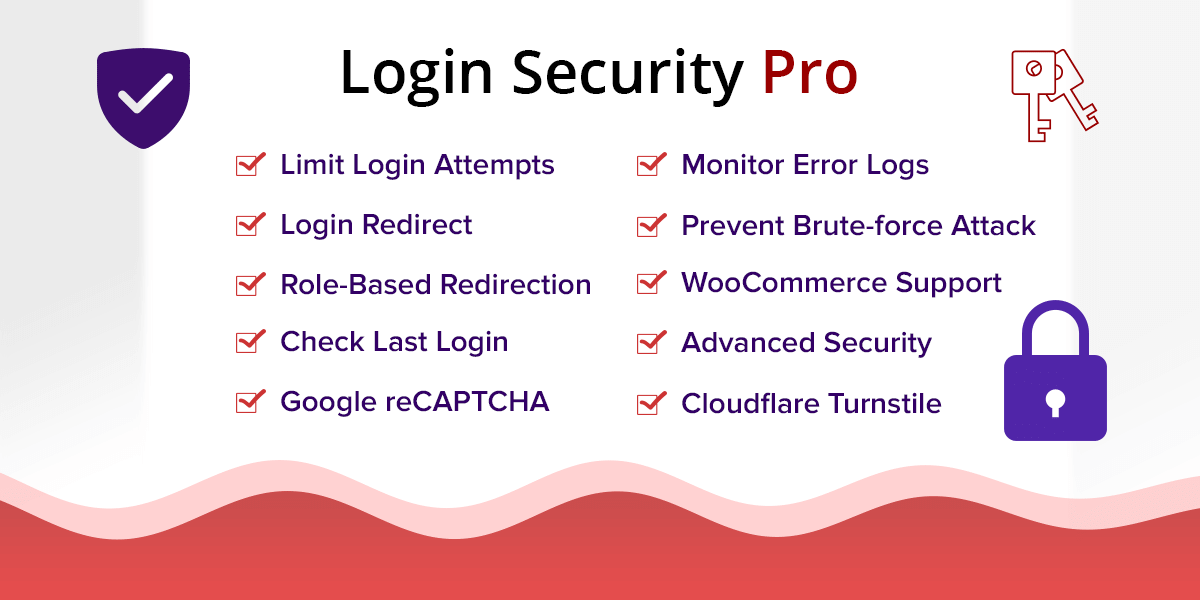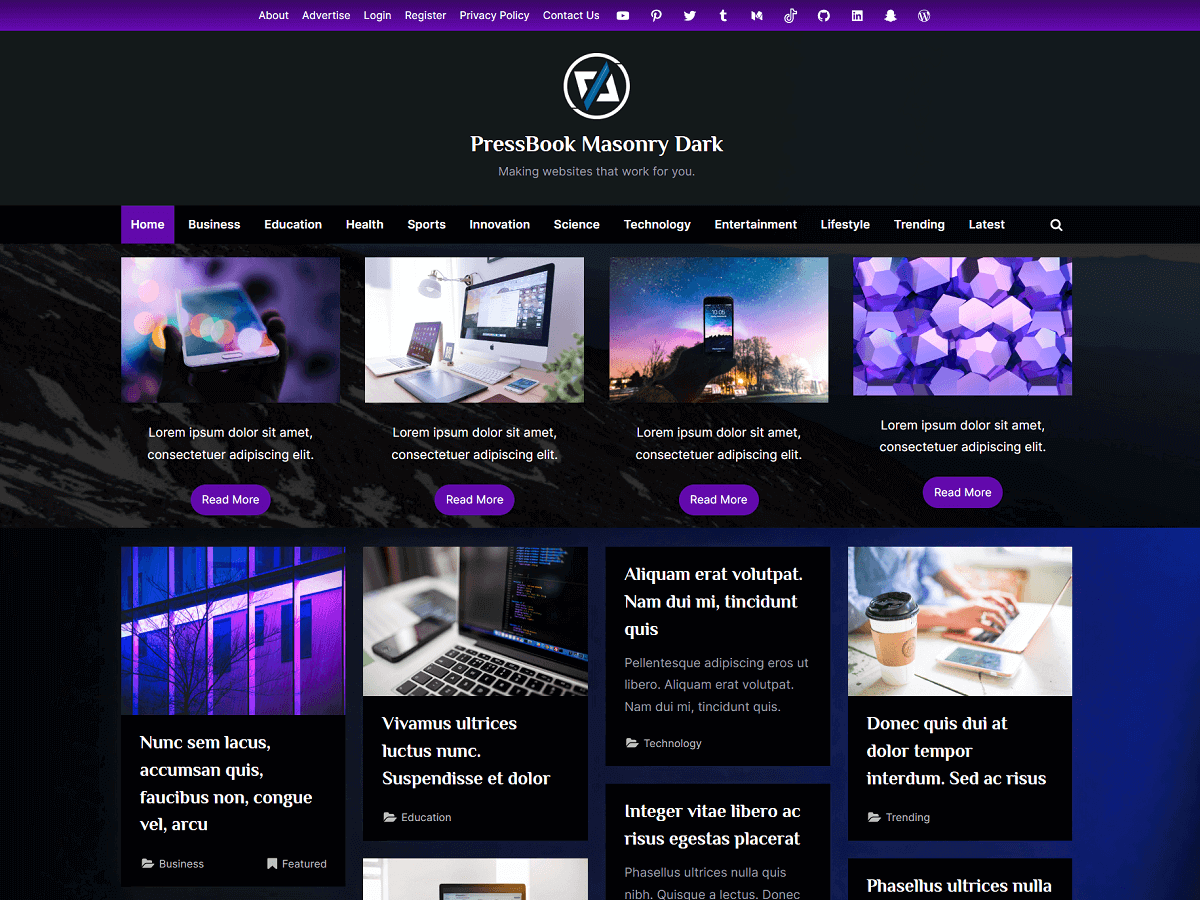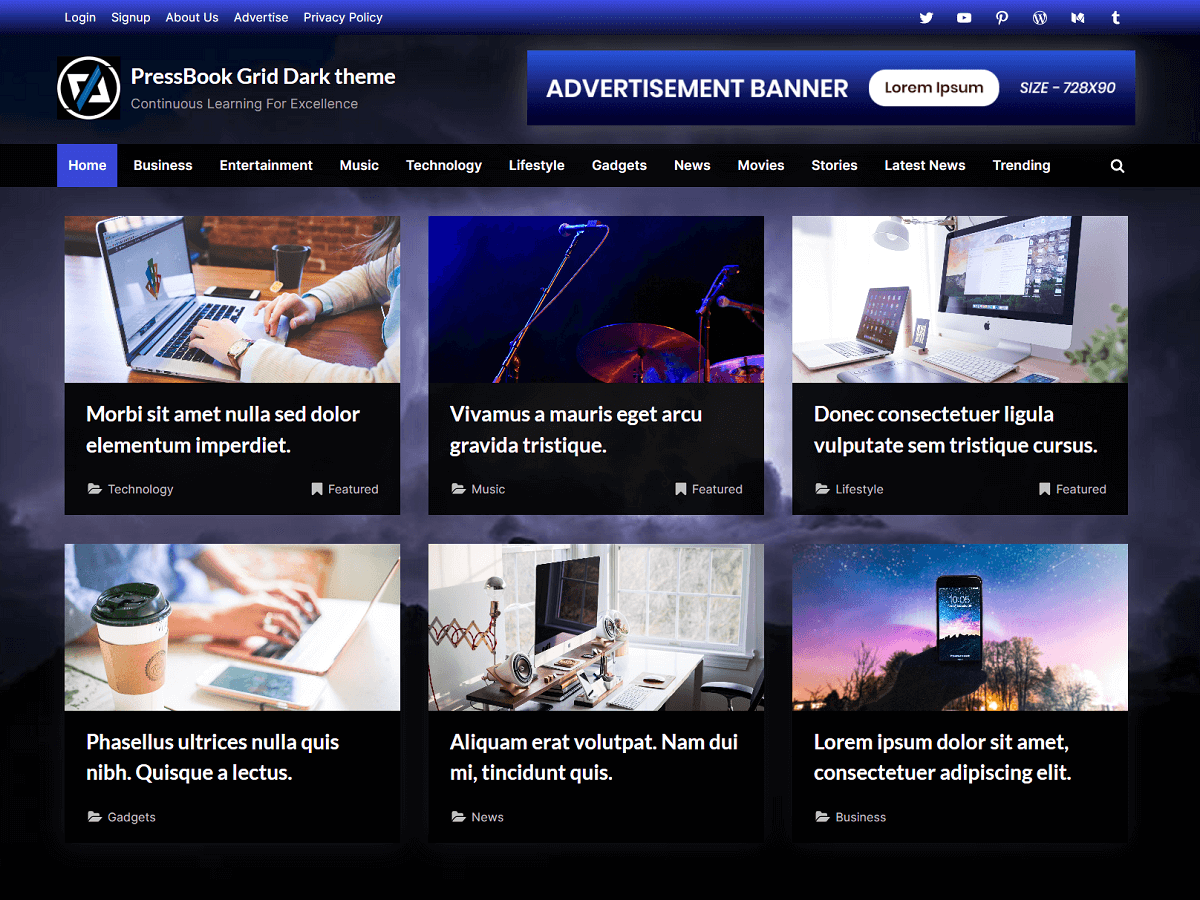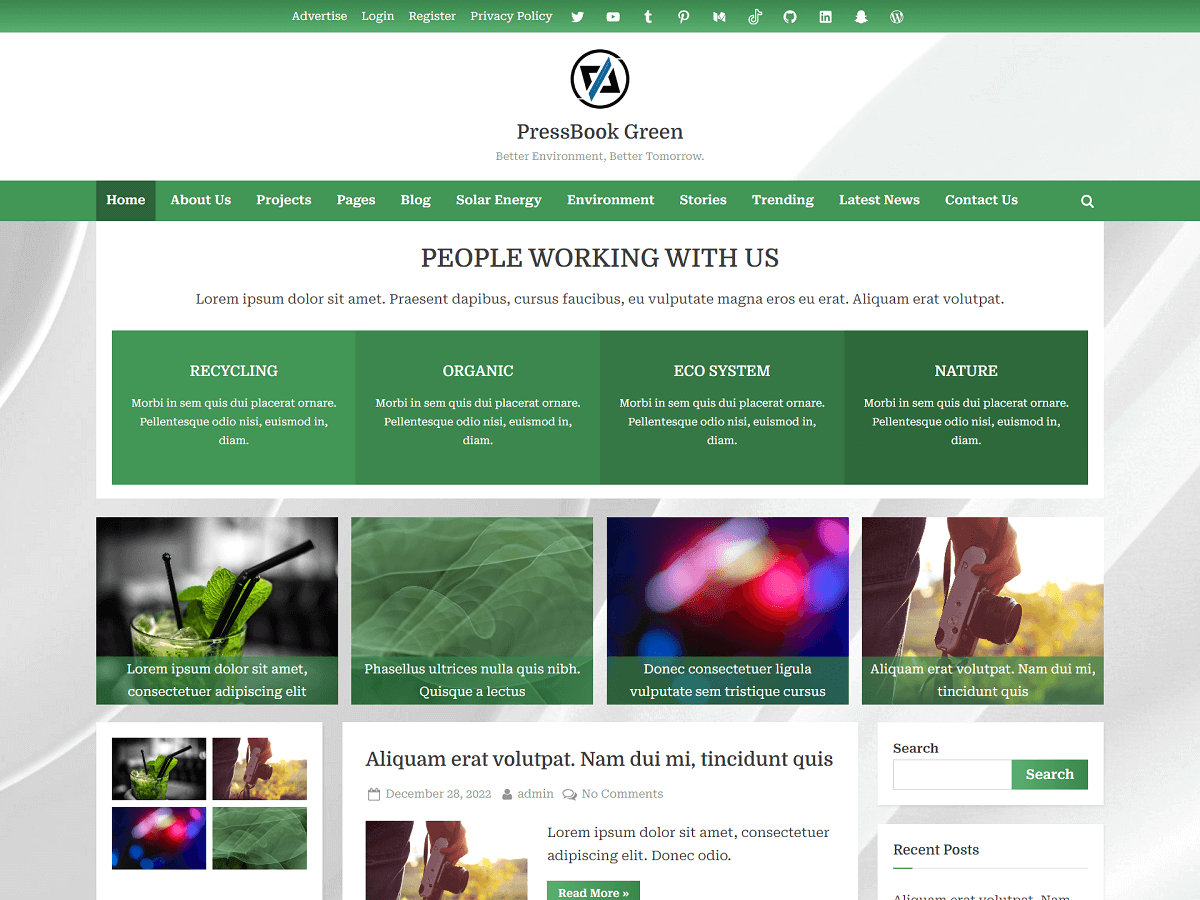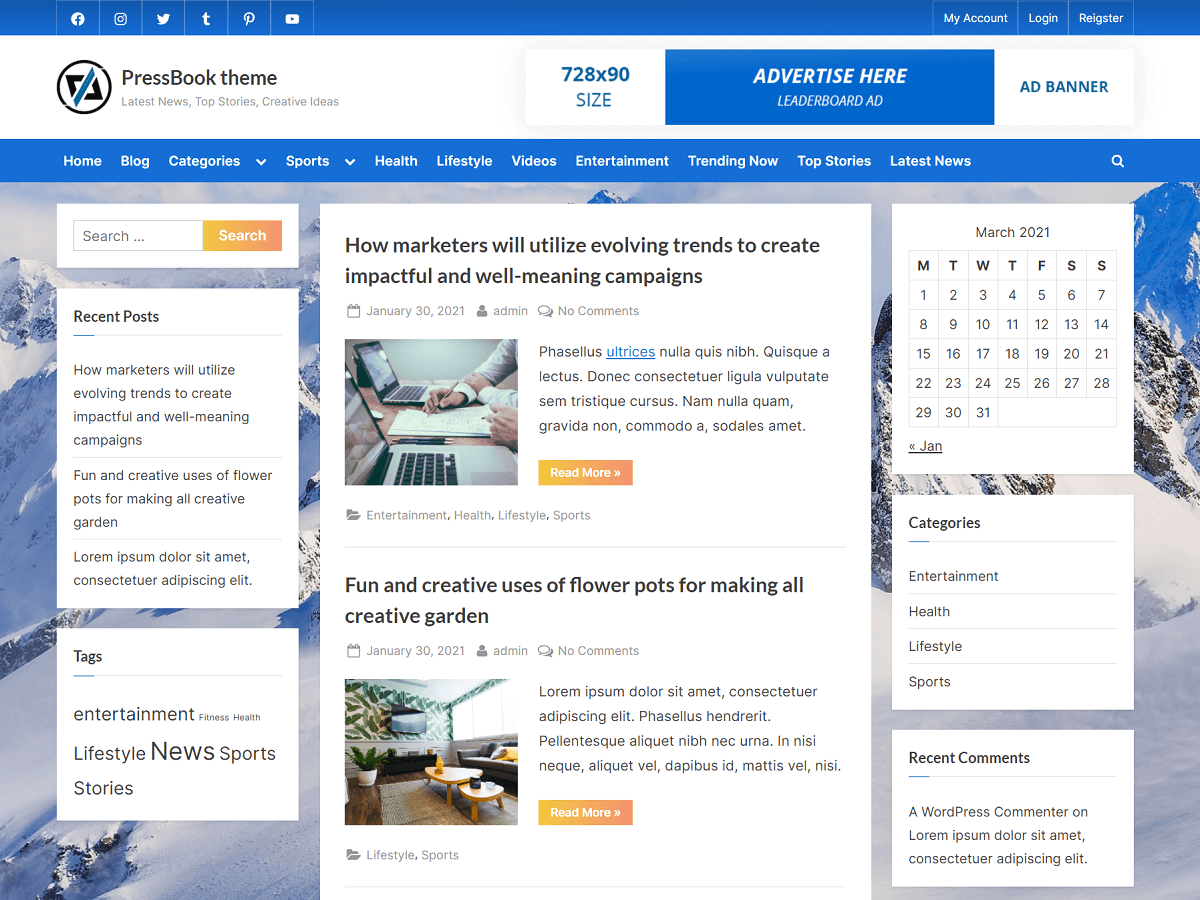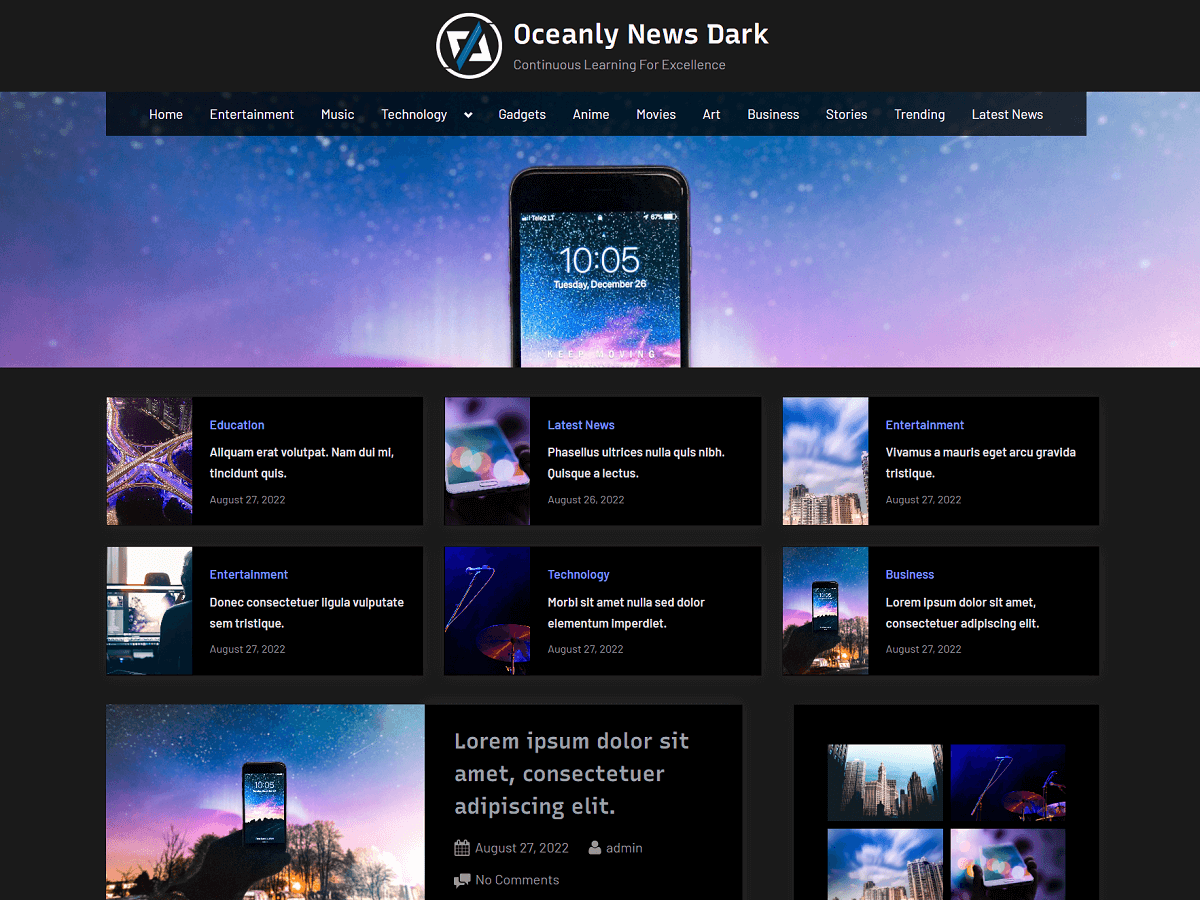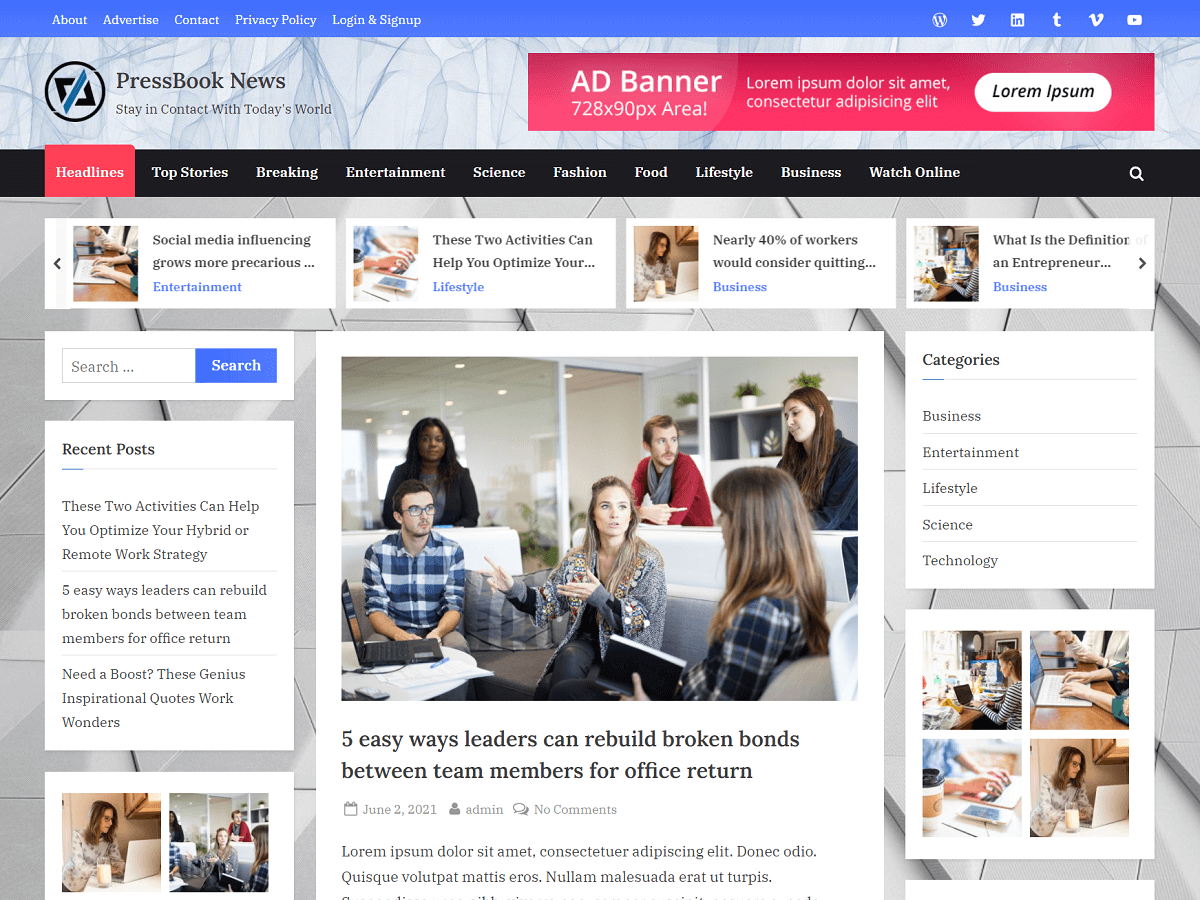Web application firewalls (WAFs) can help protect websites from a wide range of attacks by monitoring, filtering, and controlling HTTP traffic. They sit between your web application and the user, analyzing incoming requests and blocking those that are considered malicious.
How a WAF Works & Why It’s Useful for Web Security
A web application firewall (WAF) operates as a reverse proxy between your web applications and the internet. It can inspect incoming HTTP/HTTPS requests before they reach your web server. When you deploy a WAF in front of your web application, it creates a shield that filters incoming traffic. All requests before reaching your web server must pass through the WAF’s security checks. It uses rules or intelligent detection systems to block malicious requests.
WAFs inspect the actual content of HTTP requests and responses. They analyze request headers, body content, parameters, and other application-layer data to identify malicious patterns. WAFs are designed specifically to detect and mitigate attacks targeting application logic, including SQL injection, cross-site scripting (XSS), command injection, path traversal, remote code execution, CSRF attacks, brute force attempts, HTTP flooding, and many other threats that target application vulnerabilities. They can also control bot activity, rate-limit abusive clients, and enforce access policies based on IP, headers, or behavior.
Why Choose a Self-Hosted WAF?
The main benefits of self-hosted WAF solutions include:
- No Vendor Lock-in: Cloud-based WAF services can change pricing, features, or even discontinue services. With self-hosted solutions, you’re not dependent on external providers’ business decisions or infrastructure availability.
- Granular Control of Security and Insights: With self-hosted solutions, you get full control over security policies and rules. Your logs, analytics, and security intelligence remain exclusively under your management.
- Complete Data Control: With self-hosted solutions, your traffic data never leaves your infrastructure. This is important for organizations handling sensitive data or operating in industries with strict compliance requirements, data protection, or privacy requirements.
- Unlimited Customization: Self-hosted WAFs allow you to modify rules, create custom protections, and integrate with your existing security tools without limitations.
- Cost Predictability: After initial setup, your costs are primarily related to hardware and maintenance. For high-traffic applications, this can result in significant savings compared to cloud-based WAF services that charge per request or bandwidth.
- Performance Control: With self-hosted WAF, you have direct control over performance optimization. You can deploy the WAF geographically close to your users and fine-tune it for your specific traffic patterns. You’re not subject to the performance limitations of shared cloud infrastructure.
Top Self-Hosted Open-Source WAF Solutions
Now, we will explore the most effective self-hosted open-source WAF solutions. All of these self-hosted WAF solutions give you complete control over your security infrastructure so you can avoid the vendor lock-in of cloud-based alternatives.
BunkerWeb
BunkerWeb is a full-featured WAF built on top of NGINX for high performance, which can be used as a single entry point to secure your entire web infrastructure. It functions as a reverse proxy and applies a ‘secure by default’ policy across all your web services.
BunkerWeb simplifies WAF configuration with a web UI and supports environments like Linux, Docker, Swarm, and Kubernetes.
Key Features – BunkerWeb
- OWASP Top 10 Protection: Comprehensive defense against the most common web application vulnerabilities, including OWASP top 10 threats.
- DDoS Mitigation: Built-in protection against distributed denial-of-service attacks. BunkerWeb provides rate-limiting and IP reputation filtering to prevent floods.
- Bot Management: BunkerWeb offers sophisticated bot detection and blocking capabilities. You can identify and block malicious bot activity.
- Geographic Filtering: Block or allow traffic based on geographic location.
- SSL/TLS Management: Automatic HTTPS certificate management and renewal.
- Highly Customizable: BunkerWeb offers extensive configuration options with both CLI and web UI management. You can enable/disable modules and tweak configs.
- Easy Integration: Works with containerized and non-containerized stacks.
- Management Options: You can configure BunkerWeb entirely through configuration files for infrastructure-as-code approaches, or use the web-based interface for easier management. This dual approach makes it suitable for both DevOps-focused organizations and those preferring graphical interfaces.
- Plugin System: Core security features can be extended with additional plugins.
BunkerWeb is available as Docker containers, Kubernetes deployments, or traditional Linux packages. The Docker way is recommended for testing and development environments. For production deployments, Kubernetes integration provides scalability/management benefits.
Use BunkerWeb if you want a self-hosted WAF that doubles as a reverse proxy and includes modern security defaults out-of-the-box. It’s suitable for users comfortable with NGINX and looking for a WAF that includes a user-friendly UI for configuration.
CrowdSec
CrowdSec is an open-source security engine that analyzes logs to detect malicious behavior. It works as an intrusion detection and prevention system (IDS/IPS) with WAF capabilities.
CrowdSec takes a unique approach by combining intrusion detection with community-driven threat intelligence. It’s community-powered, meaning users share anonymized attack data to help build a global threat intelligence database.
Key Features – CrowdSec
- Community Intelligence / Crowdsourced IP Banlist: You benefit from crowdsourced threat detection and real-time blocklists. The crowd-sourced approach means you benefit from attack patterns detected across the global CrowdSec network, providing protection against emerging threats faster than signature-based systems.
- Multi-Source Analysis: CrowdSec can analyze and process logs from multiple sources simultaneously. This includes web server logs, application logs, system logs, and even firewall logs. You get multi-level protection at the system, app, and network layers.
- Modular Scenarios: Modular scenario system for targeted protections. It means you can load only the detection rules you need (e.g., SSH brute force, web scan detection, etc.).
- Security Ecosystem: CrowdSec provides an expandable security ecosystem of parsers (log analyzers), scenarios (behavior detection rules), and bouncers (remediation agents).
- Compatibility: CrowdSec is compatible with most web servers (NGINX, Apache, LiteSpeed, etc.).
- As an example, for web servers like OpenLiteSpeed / LiteSpeed, you can install the LiteSpeed Collection which includes:
- litespeed-logs parser for processing LiteSpeed log files.
- base-http-scenarios collection for common web attacks.
- litespeed-admin-bf scenario for protecting against brute force attacks on the admin interface.
- As an example, for web servers like OpenLiteSpeed / LiteSpeed, you can install the LiteSpeed Collection which includes:
- GDPR-compliant: Local log analysis for GDPR compliance.
- Deploys on most Linux. Provides prebuilt Docker and Kubernetes deployment options.
- Lightweight agent with central decision engine.
CrowdSec is a good fit if you want to contribute to and benefit from collective security intelligence. It’s useful in environments with multiple log sources requiring centralized analysis, or in companies facing similar threats to others in their industry.
SafeLine
SafeLine offers a robust and customizable WAF with deep inspection capabilities and layered protections, including defenses for injection attacks, bot challenges, rate-limiting, and access control. It offers a user-friendly interface and streamlined deployment process with minimal configuration complexity.
SafeLine operates as a reverse proxy and provides several built-in features for protecting web apps without the need for external services. For example, it provides sophisticated bot detection and challenge mechanisms (human verification challenges) that allow legitimate users while blocking malicious bots and crawlers. It also provides dynamic front-end code obfuscation features.
Key Features – SafeLine
- Multi-Attack Protection: Protects against SQL injection, XSS, code injection, CRLF injection, OS command injection, LDAP injection, XPath injection, RCE, XXE, SSRF, and path traversal attacks.
- Rate Limiting: Provides IP-based rate limiting to defend against DDoS attacks, brute force attempts, and traffic surges.
- Anti-Bot Challenges: SafeLine offers anti-bot challenge systems to identify non-human traffic. Distinguish between legitimate users, automated tools, and malicious bots.
- Authentication Challenges: Authentication challenge for protected paths. Can require visitors to enter passwords for accessing sensitive areas of your website.
- HTML & JS Obfuscation: Dynamic HTML/JS encryption on every request. SafeLine can dynamically encrypt your frontend code, making it difficult for attackers (vulnerability scanners, automation tools, etc.) to analyze and exploit your application.
- Web Access Control Lists: Whitelist or blacklist specific IPs or paths.
SafeLine is a great choice for small to medium businesses and developers who want enterprise-grade protection without complex configuration requirements.
For website owners who want a WAF focused on classic attack patterns with additional protection against bots and scraping, SafeLine is well-suited. It’s straightforward to deploy and ideal for standalone applications.
open-appsec
open-appsec is a machine-learning based WAF that protects modern web applications and APIs. It provides preemptive protection against both known and zero-day attacks. It can be deployed as an add-on for NGINX, Kubernetes Ingress Controllers, Envoy, etc.
Key Features – open-appsec
- Zero-Day Defense: Provides protection against OWASP top 10 and zero-day attacks.
- Dual Machine Learning Models: open-appsec uses two machine learning models:
- Supervised Model: This model is trained on global attack and benign traffic data. It understands common attack patterns and can identify threats based on established signatures and behaviors. A basic model is provided with the open-source version.
- Unsupervised Model: This model learns your specific application’s normal behavior in real-time. It understands your users’ typical interaction patterns, normal request structures, and legitimate traffic flows. When requests deviate significantly from learned patterns, the model flags them for additional scrutiny.
- Automated Learning: Continuously learns normal application behavior patterns.
- Cloud or Local Models: You can use basic local models or download advanced ones.
- Minimal Maintenance Requirements: open-appsec requires minimal rule updates compared to signature-based WAFs.
- Multiple Management Options: open-appsec supports declarative configurations, Helm charts, and an optional SaaS-based web UI for managing large deployments.
Choose open-appsec if you need adaptive protection for complex environments, especially those using API-driven web architectures. It’s most suitable for Kubernetes deployments or NGINX-based setups.
Best Practices for Using a Self-Hosted WAF
Regardless of which WAF you pick, consider the following best practices:
- Reverse Proxy Setup: Most self-hosted WAF solutions are designed to sit in front of your application as a reverse proxy. Ensure the WAF intercepts all incoming traffic before it reaches your web server.
- Start with Monitoring Mode: Deploy your WAF in monitoring mode first. This allows you to observe on how the WAF interprets your traffic without disrupting legitimate users. With log-only mode, you can monitor logs for several days to understand normal traffic patterns before enabling blocking features.
- Caching, Load Balancing, and Performance Tuning:
- Configure caching strategies to minimize performance impact. Most WAF solutions offer caching options that can actually improve your application’s response times.
- If you use load balancers, make sure your WAF integrates properly with your load balancing strategy.
- Monitor the CPU and memory usage of your WAF solution. A machine learning-based WAF solution may require more resources initially, but it can become more efficient over time as it learns your traffic patterns.
- Implement Gradual Rollout: Start with less critical applications before protecting your most important services. This approach helps you understand the WAF’s behavior and fine-tune configurations.
- Configure Alerts: Regularly review alerts and blocked events to adapt to new threats.
- Regular Updates and Maintenance: Keep your WAF rules and software updated.
- Rate Limiting + Captchas: Combine WAF with rate-limiting and captcha for forms.
Conclusion
A self-hosted open-source WAF puts you in control of your website’s security. It gives you the flexibility to set your own rules, enforce custom policies, and keep your infrastructure private, without relying on a specific third-party vendor.
Furthermore, the flexibility allows you to integrate your WAF with other security layers, such as real-time IP intelligence services or ASN-based blocklists.
For example, CrowdSec lets you self-host and also benefits from a community-driven blocklist that updates based on real-world attack data. You can enhance CrowdSec by combining it with custom rules, collections, and external threat intelligence sources like CleanTalk’s blacklists database, AbuseIPDB, FireHOL IP blocklists, or IPVoid to block malicious IPs in real time. This approach gives you a strong, layered defense.
Remember that a WAF should be seen as just one component of a comprehensive security strategy. You need to combine it with secure coding practices, regular security assessments, proper vulnerability management, security audits, and a clear incident response plan. When all of these work together, you build a much stronger defense around your website.

